Weather elements are one of the factors that affect one’s plumbing system. Many homes experience blocked drainage, burst pipes, and water heater issues during the autumn season. These problems double during winter when water freezes, creating blockages in the lines. As a result, the water flow struggles and produces unbalanced pressure, leading to more complex problems in the home plumbing, including flooding at home due to burst pipes.
If you’re planning to work on your plumbing system anytime soon, you may consider preparing it for the cold seasons when it is most affected. This may include weatherproofing and some essential tips and tricks. For that purpose, here’s an article to guide you. So, read on!
1. Insulate Your Pipes
One way to prevent bursting pipes from happening is to insulate them before their temperatures begin to drop. Generally, you can use insulation foam to wrap your pipes and become weatherproof. For better results, you need to cover the insulation in spiral loops. This ensures that the insulation materials don’t detach for an extended time.
You may also use thermostatically controlled heating cables or heat tapes to prevent temperature drops. Another approach to keep the pipes insulated is by using spray foam. Apart from being easy to use, it’s also effective.
If you’re in Australia, you may want to contact off-tapplumbing.com.au and similar services for more plumbing solutions.
2. Fix The Leaks
Leaks may exacerbate further if ignored during hot seasons. This issue doubles during the winter. It may trigger massive pipe bursts and damage the whole plumbing system. The pipes usually burst in weak areas and these areas are portions with leaks, even with the minor types. Not only will you save money from vital repairs in the future, but you’ll also ensure that the pipes are damage-free, avoiding pipe bursts.
You must replace the broken, dented, and chipped pipes to fix the leaks. If the cracks are minor, you could repair them by wrapping them with plumbing tape or gum. You can also tighten the loose pipes and fittings. Also, you can remove rust or replace rusty pipes with new ones, as corrosion is where leaks usually start.
3. Winterize Faucets
Faucets and hose fixtures can do more harm than good when their water freezes. This may cause significant damage to the faucets and the entire plumbing system as the water contracts or expands when frozen. In many cases, they result in frozen pipes. To avoid these, winterizing them is necessary.
For this purpose, you must keep the outdoor faucets indoors to avoid freezing. If you don’t want to disconnect them from their location manually, you must shut off the main valve of your water supply. You may also consider draining them and their pipes so no water will freeze. If you wish to retain them as is, you need to install faucet covers.
4. Locate Your Water Main
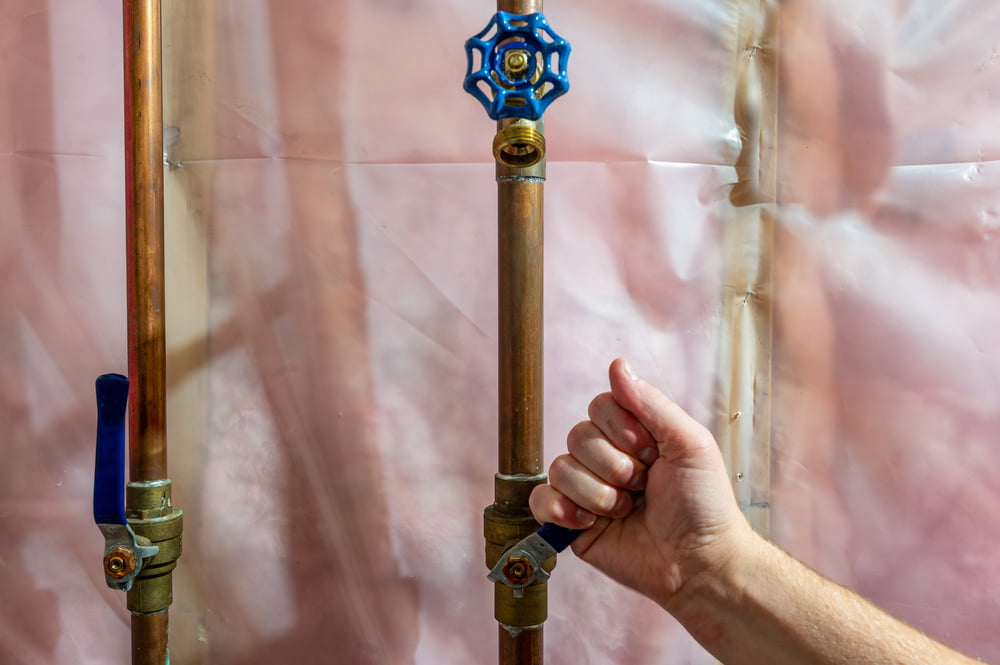
Typical installation of a spinkler systmer connected to the main water system with a valve and drain. Cycled for winter
If many pipes burst, you must turn off your main valve at once. This is necessary if you plan to travel and leave your property for a long time.
To avoid massive pipe bursts, knowing where the valve is situated is the first thing you must bear in mind. This reduces potential damage and cuts repair costs. For better accessibility, you may label your main valve or place them in a safe cage.
5. Install A Wi-Fi Thermostat
A Wi-Fi or smart thermostat is a device that adjusts a property’s heating and cooling temperature settings. Installing it provides a homeowner with the trend of the temperature changes or drops through fall and winter. By having it, homeowners can receive early signals through the device’s email and text alerts, thus doing the necessary preparation before the cold seasons.
6. Seal The Spaces Between Floor Joists
The spaces between joists are typical entryways for cold air. Without cover, these can allow massive cold air intrusion that speeds up pipes’ freezing and eventual bursting. If you want to prevent or slow down the intrusion, you can seal the spaces with expandable foam. You may also add caulk for better sealing or you can replace the joists if they are loose and damaged.
7. Keep Faucets Running During Cold Wave
Water freezes more quickly when it’s stagnant. On the contrary, running water takes a long time to freeze as its fluidity disrupts the hardening process. However, in keeping the faucets running, you may only need to let t trickle rather than pour to counter freezing. Yet, this may add some expenses to your water bill.
Wrapping Up
Preparing your home plumbing for fall and winter isn’t only time-consuming and physically draining. It may also cost you some bucks. However, avoiding more complex problems and more significant expenses is necessary.
Fortunately, this article can be a source of essential tips and tricks in making your home plumbing winterized, damage-free, and efficient despite cold snaps.

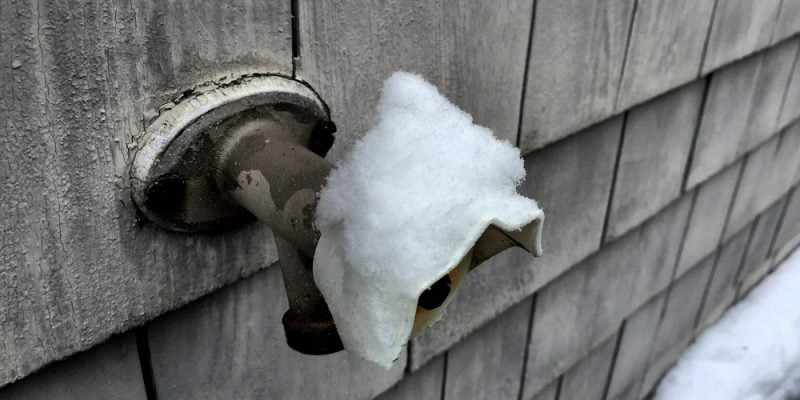
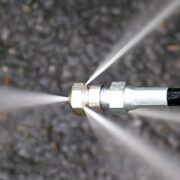
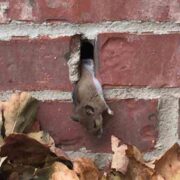
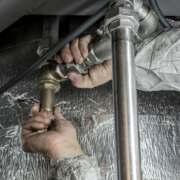
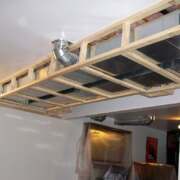
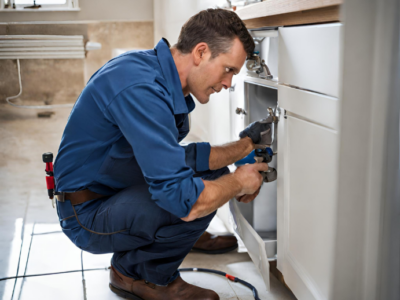
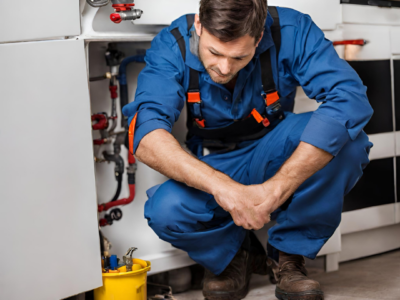
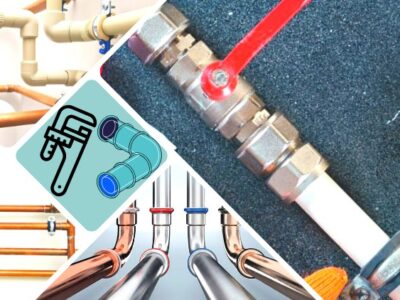
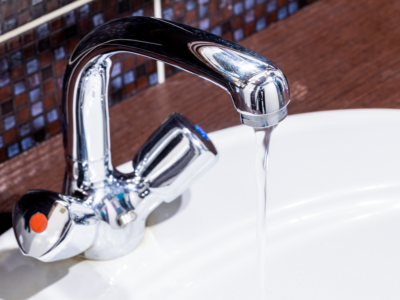
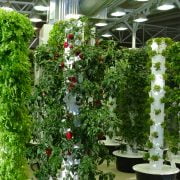
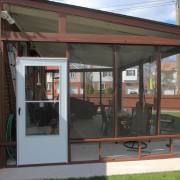
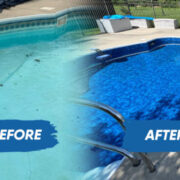
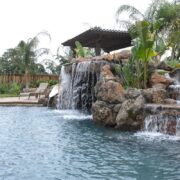
Comments